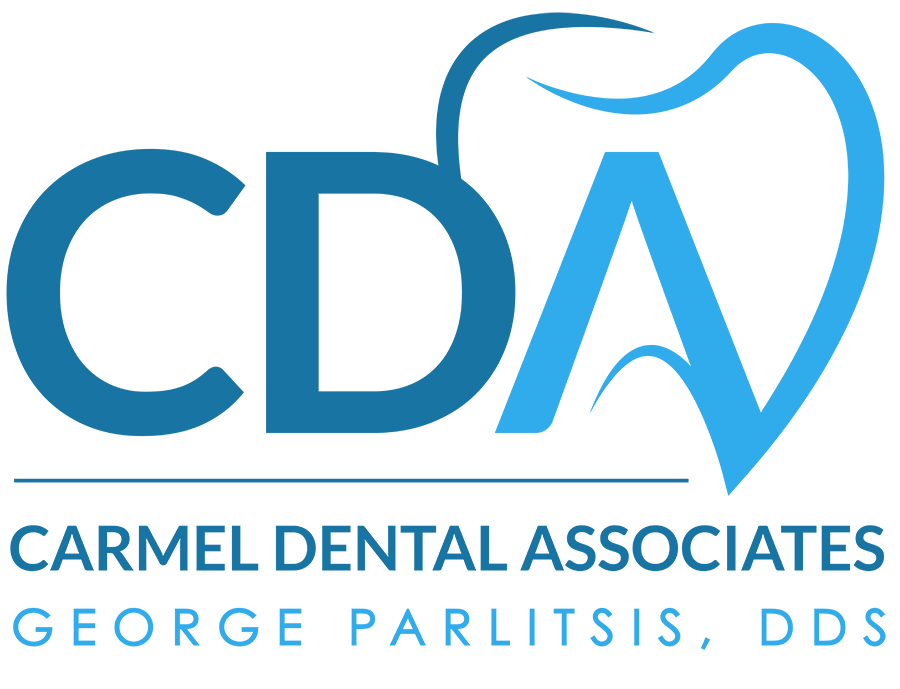When people consider enhancing their smile, porcelain veneers are often the first option that comes to mind. These thin shells of medical-grade ceramic can correct a wide range of dental imperfections, including stains, chips, gaps, and minor misalignments. Despite their popularity and effectiveness, a great deal of misinformation surrounds them. We hear these misconceptions from patients all the time, and they can create unnecessary anxiety and hesitation about what is a safe and transformative cosmetic dental procedure.
As dental professionals, we believe in empowering you with accurate information. A well-informed patient can make confident decisions about their oral health and cosmetic goals. In this article, we will directly address and debunk seven of the most common myths surrounding veneers. Our goal is to replace fiction with facts, so you can clearly understand the benefits and realities of this popular treatment.
Myth 1: Veneers Look Fake and Bulky
One of the biggest fears we hear is that veneers will result in a "Chiclet" smile—one that looks unnaturally white, bulky, and obviously artificial. This may have been a risk decades ago when dental technology was less advanced, but modern cosmetic dentistry is a blend of science and artistry. Our doctors masterfully craft porcelain veneers to look and feel completely natural.
The Art of Customization
We design each veneer to complement your unique facial features, skin tone, and existing teeth. The process involves meticulous planning where we consider the shade, shape, and size that will create a balanced and harmonious smile. The porcelain material itself has a translucent quality that mimics the way natural tooth enamel reflects light. This material ensures your veneers blend seamlessly with your other teeth, giving you a smile that is beautifully enhanced, not artificially replaced. Our process ensures the final result is indistinguishable from a naturally perfect smile.
Myth 2: The Procedure is Extremely Painful and Invasive
The thought of having your teeth altered can be daunting. Many people imagine a painful, lengthy, and highly invasive process. However, the reality of receiving porcelain veneers is much more comfortable than this myth suggests. The procedure is minimally invasive, and we prioritize patient comfort at every step.
Preserving Tooth Structure
To prepare a tooth for a veneer, we need to remove a minimal amount of enamel from the front surface—typically less than 0.5 millimeters. This step is essential to ensure the veneer fits perfectly and does not look bulky. We perform this process with precision and care, and it is usually painless. Most patients report little to no discomfort during or after the procedure. For those with dental anxiety, we offer sedation options to ensure a stress-free experience. The end goal is to preserve as much of your natural tooth structure as possible while achieving your desired aesthetic outcome.
Myth 3: Veneers Ruin Your Natural Teeth
This myth often goes hand in hand with the fear of tooth enamel removal. People worry that placing veneers will permanently damage their underlying teeth, leaving them weak and susceptible to further damage. This information is simply not accurate. When performed by a skilled and experienced cosmetic dentist, the veneer process is safe and actually helps protect the tooth surface.
A Protective and Conservative Approach
As mentioned, we only remove a minimal amount of enamel. Once the veneer is bonded to the tooth, it acts as a protective shield. It covers the front surface, safeguarding it from decay and physical damage. The potent bonding agent creates a durable seal that prevents bacteria from getting underneath. In this way, a veneer can strengthen a tooth that a small crack or chip might have weakened. Your natural teeth remain healthy and intact beneath the veneers, which serve as a beautiful and resilient facade. Proper placement is key, which is why choosing an experienced dental team is so important.
Myth 4: Veneers Stain Easily Like Natural Teeth
Many patients seeking to correct tooth discoloration worry that their new veneers will eventually stain from coffee, tea, or red wine, just like their natural teeth. Fortunately, this is one of the most significant advantages of choosing porcelain veneers. The material is highly resistant to staining.
The Resilient Nature of Porcelain
Porcelain is a non-porous ceramic material. Unlike natural tooth enamel, which has microscopic pores that can absorb staining agents, porcelain has a glazed, impermeable surface. This means that pigments from foods and drinks cannot penetrate it. While it is still vital to maintain good oral hygiene, you will not have to worry about your veneers yellowing or discoloring over time. They will retain their bright, beautiful shade for years, allowing you to enjoy your favorite foods and beverages without concern.
Myth 5: You Can’t Eat Normally with Veneers
A common misconception claims that veneers are delicate and fragile, requiring you to adopt a soft-food diet and avoid all your favorite crunchy snacks. People envision their veneers chipping or breaking at the slightest pressure. This fear is largely unfounded.
Durability for Everyday Life
Modern porcelain veneers are incredibly strong and durable. Once they are securely bonded to your teeth, they function just like your natural enamel. You can eat apples, steak, nuts, and other firm foods without worry. Of course, we advise using common sense. You should avoid using your veneers as tools—for example, to open packages or bite your nails—just as you would with your natural teeth. With regular use and proper care, your veneers withstand the pressures of everyday eating.
Myth 6: Veneers are a High-Maintenance Hassle
Some people believe that veneers require a special, complicated, and time-consuming care routine beyond regular dental hygiene. The truth is that caring for veneers is surprisingly straightforward and is no different from caring for your natural teeth.
Simple and Consistent Care
The best way to maintain your veneers is to follow the same oral hygiene practices we recommend for everyone. This care routine includes brushing twice a day with a non-abrasive toothpaste, flossing daily, and visiting your dentist for regular checkups and cleanings every six months. These simple habits are all that is needed to keep your veneers and the underlying teeth healthy and looking their best. No special soaks, polishes, or cleaners are required. Good oral hygiene is the key to their longevity.
Myth 7: Anyone Can Get Veneers
While veneers are a fantastic solution for many, they are not a one-size-fits-all treatment. Not everyone is an ideal candidate, and specific underlying dental issues need attention before proceeding with cosmetic work.
The Importance of a Healthy Foundation
Good candidates for veneers have healthy teeth and gums. Issues like untreated cavities, significant gum disease, or severe tooth grinding (bruxism) need management first. Placing veneers over unhealthy teeth can trap decay and lead to more serious problems. Furthermore, for those with significant alignment issues, orthodontic treatments such as braces or Invisalign may be a more suitable initial step. A thorough consultation and examination are crucial to determine if veneers are the right choice for your specific needs and to ensure a successful, long-lasting result.
A Lasting Solution for a Confident Smile
Porcelain veneers are a remarkable cosmetic solution that can significantly enhance your smile and boost your self-confidence. By separating fact from fiction, we hope to have eased any concerns you may have had about this procedure. From their natural appearance to their durability and simple maintenance, modern veneers offer a safe and effective path to achieving the smile you have always wanted. The key is to work with a dental team that combines technical skill with an artistic eye.
Frequently Asked Questions About Dental Veneers
How long do porcelain veneers last?
With proper care and regular dental checkups, porcelain veneers can last for 15 years or even longer. The longevity of veneers depends on factors such as your oral hygiene habits and avoiding activities that could damage them, including biting on hard objects. The high-quality porcelain material is highly durable and resistant to chipping and staining, ensuring your smile remains beautiful for years to come.
Can veneers be whitened?
No, porcelain veneers cannot undergo traditional teeth whitening treatments. The material is non-porous and color-stable, meaning its shade cannot be altered once it is formed. That is why we work closely with you to select the perfect shade before the veneers are created. If you are considering whitening your natural teeth, it's best to do so before getting veneers so that we can match the porcelain to your newly brightened smile.
At Carmel Dental Associates, we provide exceptional dental care to our community in Carmel, New York, and the surrounding areas. We combine advanced technology with a patient-centered approach to help you achieve a healthy, beautiful smile. If you have further questions about porcelain veneers or would like to schedule a consultation, please don't hesitate to contact us.

